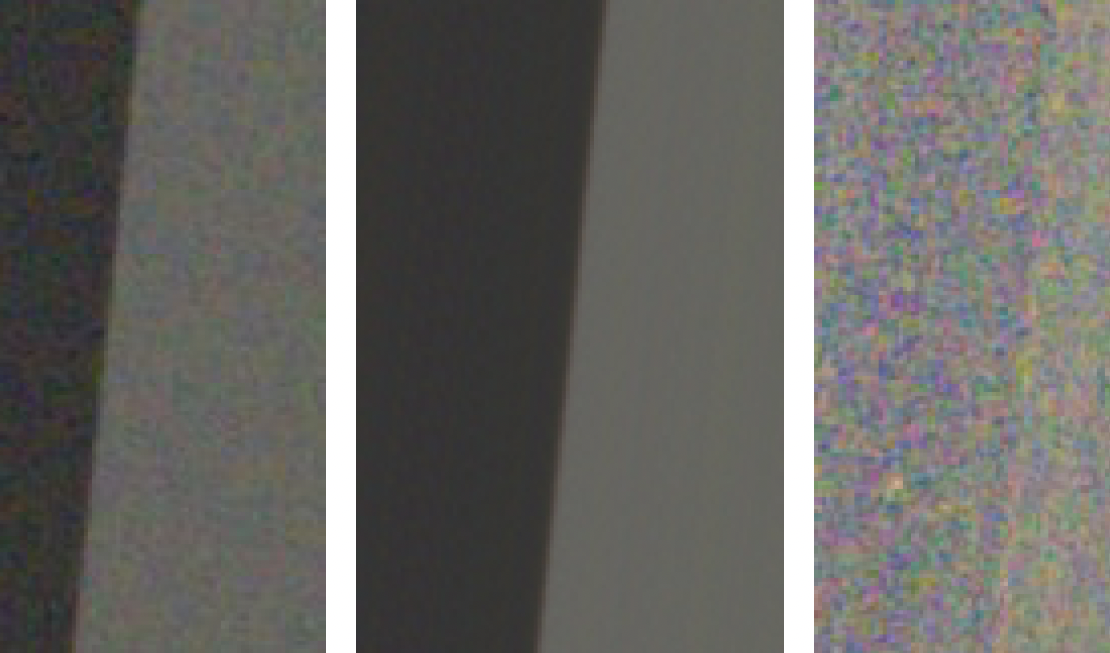
We present a comprehensive framework for conveniently measuring camera information capacity and related performance metrics from the widely used slanted-edge (e-SFR) test pattern. The goal of this work is to develop a set of image quality metrics that can predict the performance of Machine Vision (MV) and Artificial Intelligence (AI) systems, assist with camera selection, and use for designing electronic filters to optimize system performance. The new methods go far beyond the standard approach of estimating system performance based on sharpness and noise (or Signal-to-Noise Ratio) which often involves more art than science. Metrics include Noise Power Spectrum (NPS), Noise Equivalent Quanta (NEQ), and two metrics that quantify the detectability of objects and edges: Independent Observer Signal-to-Noise Ratio, SNRi, and Edge SNRi. We show how to use these metrics to design electronic filters that optimize object and edge detection performance. The new measurements can be used to solve several problems, including finding a camera that meets performance requirements with a minimum number of pixels important because fewer pixels mean faster processing and lower energy consumption as well as lower cost.
Norman L. Koren, "Image Information Metrics From Slanted Edges: A Toolkit of Metrics to Aid Object Recognition, Machine Vision, and Artificial Intelligence Systems" in Electronic Imaging, 2024, pp 256-1 - 256-17, https://doi.org/10.2352/EI.2024.36.9.IQSP-256
 Find this author on Google Scholar
Find this author on Google Scholar Find this author on PubMed
Find this author on PubMed